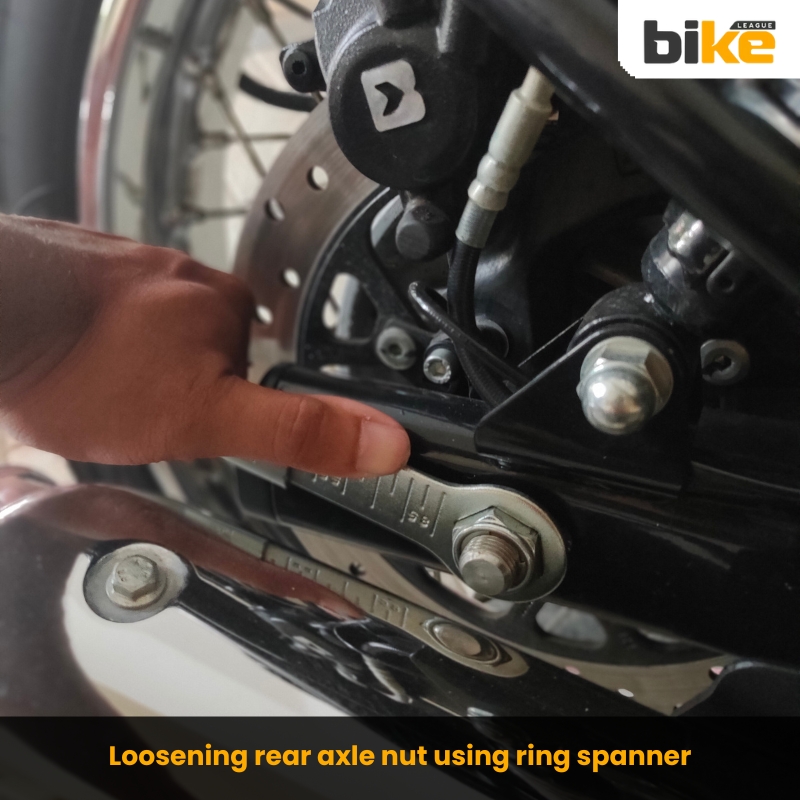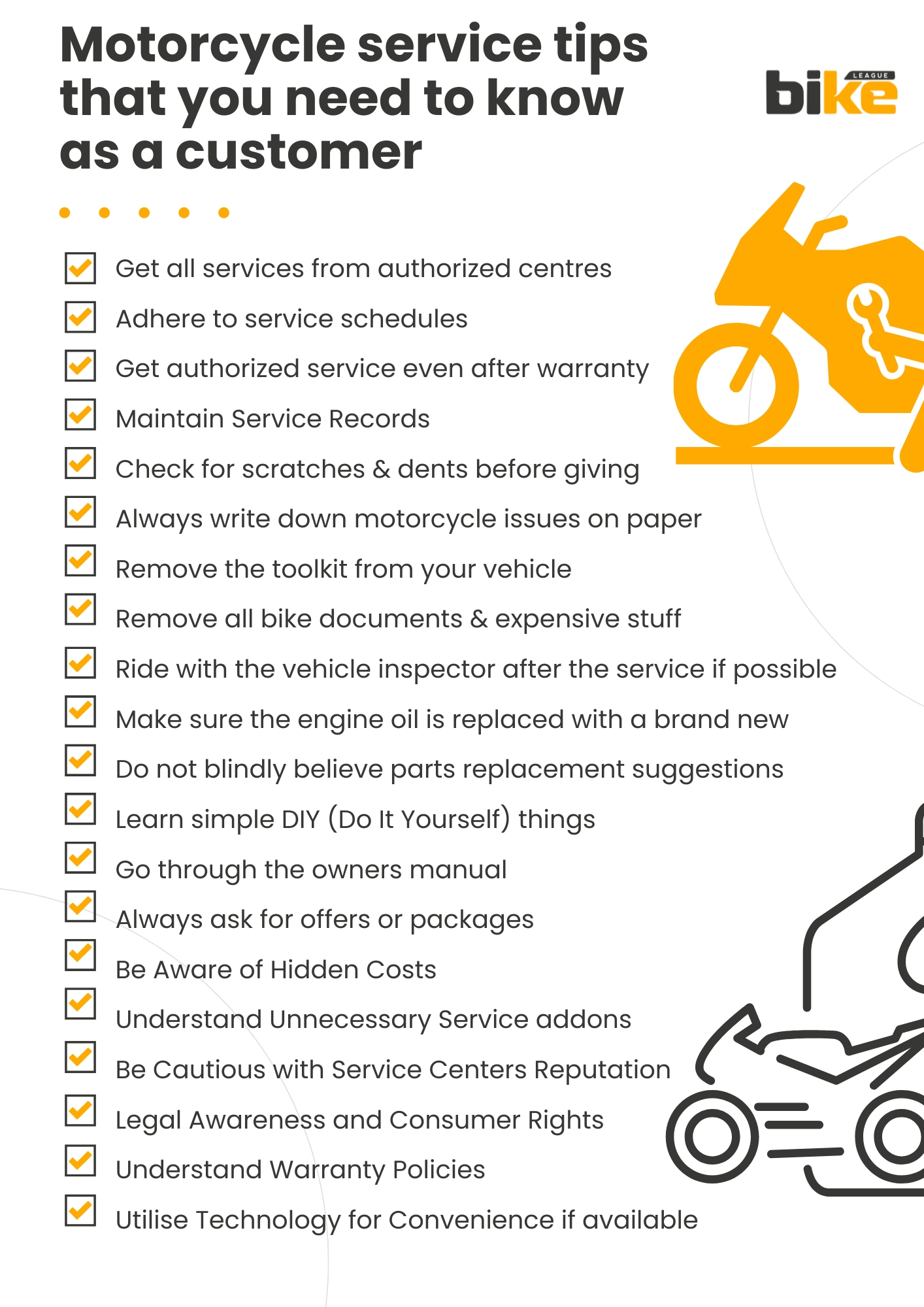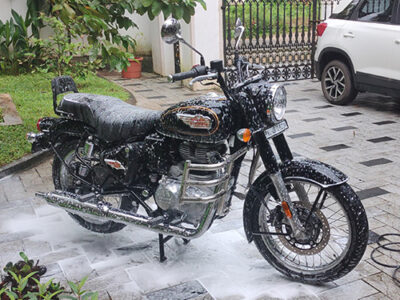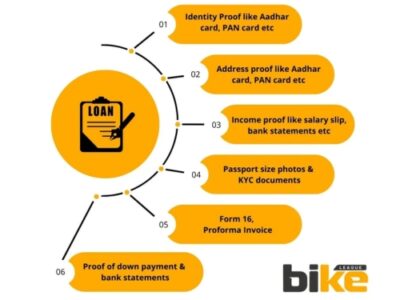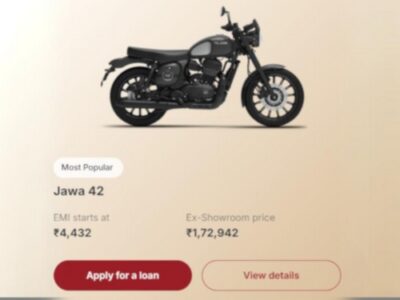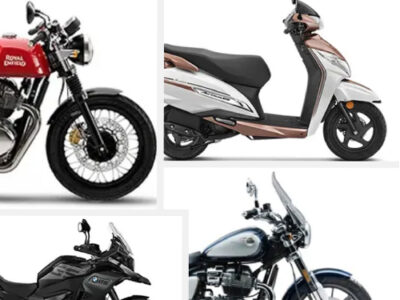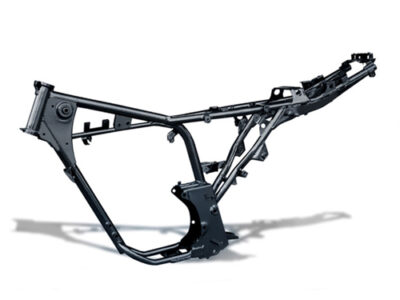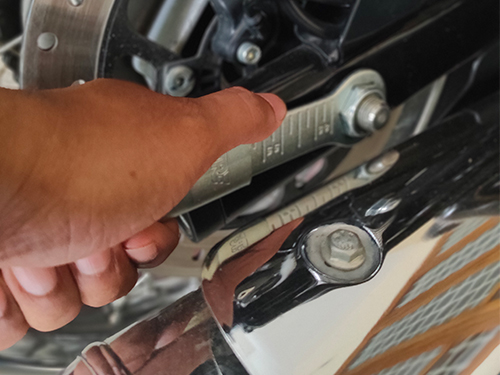
|
Getting your Trinity Audio player ready...
|
Long story short – Get expert insights and tips on motorcycle/bike service from our website. Everything you need to know is explained in one place right here.
The main objective of this manual is to provide basic motorcycle/bike service tips to avoid conflict and confront situations with authorised service showrooms, which are common now. Every motorcycle owner must have encountered a bad experience with an authorised motorcycle service centre.
The number of motorcycles that need to be serviced is very high. There are very few service personnel in most showrooms, so the quantity of motorcycles that need service is very high per personnel. As a result, the quality is low. This service manual discusses the essential things you must handle and take care of before, during, and after motorcycle service. So, let’s delve deep into each of the tips related to motorcycle service.
Key Takeaways
- Get all services from authorised centres as much as possible
- Adhere to service schedules and get an extended warranty if possible
- Maintain all service and parts replacement records
- Remove all bike documents and expensive stuff from the motorcycle before service
- Study and read in-depth what all are included and excluded in service and parts warranty
Motorcycle/bike service tips that you need to know
1. Get all services from authorised centres for the initial 2-3 years
Always get mandatory service from authorised stations regularly for 2-3 years without missing the last dates for each free and paid service. Otherwise, you might miss the parts warranty. Talk about the same with service personnel for clarity.
2. Adhere to Service Schedules
Follow the service schedule provided by the manufacturer to maintain your motorcycle’s performance and warranty. This includes availing of free services within the stipulated time or kilometre range and continuing with paid services afterwards.
3. After 2-3 years, opt for authorised services as long as possible and try to get an extended warranty
Try to get service from authorised centres as long as possible as the technology involved in motorcycle service and the tools are getting complex. These tools might not be available in the unauthorised garages, and they also do not have proper training. Also, try to get an extended warranty, which most companies offer up to 5 years.
4. Maintain Service Records
Keep a detailed record of all services and repairs. This documentation is essential for future reference and can enhance the resale value of your motorcycle.
5. Check your vehicle for scratches and dents before giving the motorcycle
Specify it with the vehicle inspector and make him note it on the job card. Many service stations refuse their blunders at the time of delivery if you observe any scratches or dents.
6. Always write down motorcycle issues on paper
This is very important as you do not want to miss any points you might miss when you keep them in mind. Also, there might be a rush in service centres, and service personnel will rush to get things done. Also, service personnel should ensure they are noted on the job card.
7. Remove the toolkit from your vehicle
If you can’t remove it before handing over the bike, count the number of tools before and after service to avoid theft scenarios and mistakes.
8. Remove all bike documents and expensive stuff from the motorcycle
The motorcycle showroom will not be responsible for loss or theft if anything is left behind. So please remove your vehicle’s seat covers, documents, extra light fittings, helmets, etc.
9. Always ride with the vehicle inspector before and after the service if possible
Suppose there are dynamic problems in your vehicle. Try to explain and convince about the issue while riding with the vehicle inspector. After the service, take a test ride to ensure everything functions correctly. This helps identify any problems that might have been overlooked during the service.
10. Make sure the engine oil is replaced with a brand-new one
You can check the same from the showroom or at home, but this one is mandatory as cheating frequently occurs.
11. Do not blindly believe parts replacement suggestions
Authorised service showrooms are all about business and want the maximum bill amount from each customer. So keep that in mind and make sure part replacement is necessary. Check the maintenance manual for the time required for parts replacement and repair.
12. learn simple DIY (Do It Yourself) things
Always try to learn simple DIY service things that can be easily done on yourself and get a basic idea about parts, working of motorcycle, etc. Some examples of DIY things are chain lubing, chain cleaning, greasing cables, nuts, changing engine oil, etc.
13. Go through the owners manual
Your vehicle’s owner’s manual is a valuable resource that outlines the necessary service schedules and recommendations. By closely examining and adhering to these guidelines, you can avoid being misled into unnecessary services.
14. Always ask for offers or packages
Usually, showrooms provide offers or packages, so opt for the same, but study the offers in-depth for any traps or pitfalls.
15. Be Aware of Hidden Costs
Authorised service centres may include hidden costs in the final bill, such as inflated “labour charges” for services not performed. Zero transparency and hidden costs are common issues, so asking for a detailed bill breakdown and questions about unfamiliar charges is crucial.
16. Understand Unnecessary Service add-ons
Service centres often recommend unnecessary service add-ons to inflate bills. For instance, “engine decarbonising” is not required every 15,000 to 20,000 km, and “engine dressing” is another aggressively recommended but unnecessary service. Similarly, unless specific issues exist, “engine flushing” and “fuel injector cleaning” are unnecessary at every scheduled service. Being aware of these unnecessary services can help you avoid paying for them.
17. Be Cautious with Service Centers Reputation
Research the service centre’s reputation before handing over your motorcycle. Service centres have sometimes been accused of incompetence and unethical practices, leading to significant customer financial losses. Opt for service centres with a proven track record of customer satisfaction.
18. Legal Awareness and Consumer Rights
Understanding your consumer rights can empower you to take action if you feel cheated. In severe malpractice cases, consider filing a complaint with consumer forums or legal authorities. Awareness of your rights can also deter service centres from engaging in unethical practices.
19. Understand Warranty Policies
Ensure you are familiar with your motorcycle’s warranty terms. Warranty claims for parts like tyres and batteries are handled by their respective manufacturers, and all claims must be processed through authorised dealers. Keeping service records is crucial to validating warranty claims.
20. Utilise Technology for Convenience if available
With advancements like the ‘Smart Workshop’ app, customers can track their vehicle’s service status through a single SMS link, reducing waiting times and enhancing transparency. This allows for better day planning and ensures a smooth service experience.
FAQ about motorcycle service in India
1. Do manufacturers often deny warranty claims to save costs?
There is a belief that manufacturers frequently deny warranty claims to avoid expenses. While it is true that manufacturers may scrutinise claims to ensure they are valid, they are legally obligated to honour warranties if the conditions are met. Owners need to maintain proper service records to support their claims.
2. Are recalls always covered under warranty?
A common question is whether recall-related repairs are covered under warranty. Recalls are covered under warranty, and dealers cannot charge for recall work. The National Highway Traffic Safety Administration (NHTSA) mandates this, ensuring that safety-related defects are addressed without cost to the owner.
3. Can dealers deny warranty claims due to lack of maintenance?
There is a concern that dealers might deny warranty claims if maintenance records are not provided. While dealers can deny claims if a failure is due to a lack of maintenance, the manufacturer has the burden of proof to show that improper maintenance caused the issue. Keeping detailed records of maintenance, whether done personally or by a dealer, is crucial.
4. Does using aftermarket parts void the warranty?
Many riders worry that using aftermarket parts will void their warranty. While some aftermarket components, especially those affecting the engine or software, can void the warranty, this is not always true. It is important to understand the specific terms of the warranty and consult with the dealer before making modifications.
5. Will DIY repairs void my warranty?
DIY repairs can void the warranty if they cause damage or are not done according to manufacturer guidelines.
6. How do I ensure my warranty remains valid after service?
To keep the warranty valid, it is important to have all services conducted at authorised service centres and maintain proper documentation of these services.
7. What are the common scenarios in which a warranty is not applicable?
- Normal ageing, deterioration or rusting of plated parts, paint coats, rubber parts, soft items, glass items, plastic Parts, etc.
- Components like the oil filter, air filter paper element, control cables, brake pads, clutch assembly, drive chain and sprocket kit, steering ball races, electrical equipment, wiring harness, etc., are subjected to normal wear and Tear.
- Failures occurred due to using non-recommended grade lubricants, fuel or improper level.
- Damages from using non-genuine parts, lack of proper maintenance, and incorrect riding habits.
- Damages to engine management system parts (like ECU, throttle body, sensors, etc.) due to tampering affect the motorcycle’s performance.
- Parts damaged due to accidents, collisions, abuse, etc.
- Irregularities not recognised as affecting the quality or function of the motorcycle, such as slight vibration, oil leakage
- Discolouration of the exhaust pipe bend, cat region/silencer/soft or hard shock absorber, etc.
- Warranty is not applicable for discolouring the exhaust pipe and silencer, as this natural process will happen during usage.
- Defects arising from the fitment of unauthorised or additional electrical loads.
- Motorcycle serviced or repaired at unauthorised service centres.
- The motorcycle is used for competitions/racing/stage rallying, etc.
- Electrical components, such as bulbs, fuses, etc., and electronic components, including the ECU, fail due to repair by arc Welding.
- The motorcycle had tampering/drilling/welding marks on any part of the frame.
- Normal maintenance operations include brake adjustment, fuel system cleaning, engine tune-up, and other adjustments.
- Oxidisation of buffed/painted/powder-coated items, etc.
- Any damage from natural disasters, i.e., earthquakes, fires, floods, etc.
The following service tips can extend the life of your motorcycle engine and improve bike performance. Incorporate these service tips into your regular maintenance routine to keep your motorcycle/bike in peak condition. From routine oil changes to checking tyre pressure, these service tips ensure that every part of your motorcycle/bike runs smoothly.
8. What specific documents should I keep on hand when taking my motorcycle for authorised company service in India?
In the COVID era, almost all details are digitally stored, and authorised service centres can now access your motorcycle details within seconds. So, the documents you need to carry are minimal in most cases, but ask and verify about the same in the service centre if there is any requirement for any documents from your side.
Other related articles from Bikeleague India
- Bike fitness certificate guide – All you need to know
- 10 Essential electric bike maintenance tips for longevity
- A Clash of Eras: New Royal Enfield Bullet 350 vs Old Bullet 350
- Everything you need to know about bike engine oil explained
- How to properly maintain your motorcycle fuel tank
Conclusion
If you have any other doubts or queries about motorcycle service-related things, email us at bikeleague2017@gmail.com. You can also share your doubts or opinions in the comments section below. We are always eager to help and assist you. Also, here are several social media platforms of Bikeleague India to raise your suspicions.

